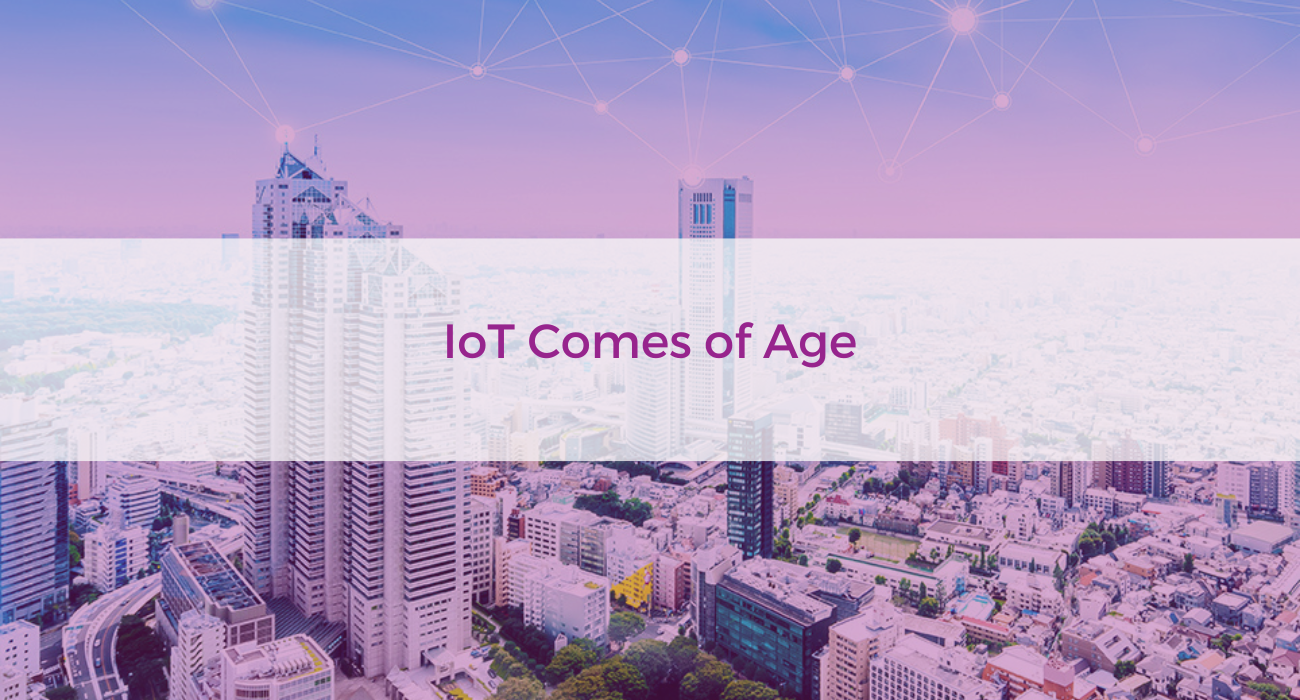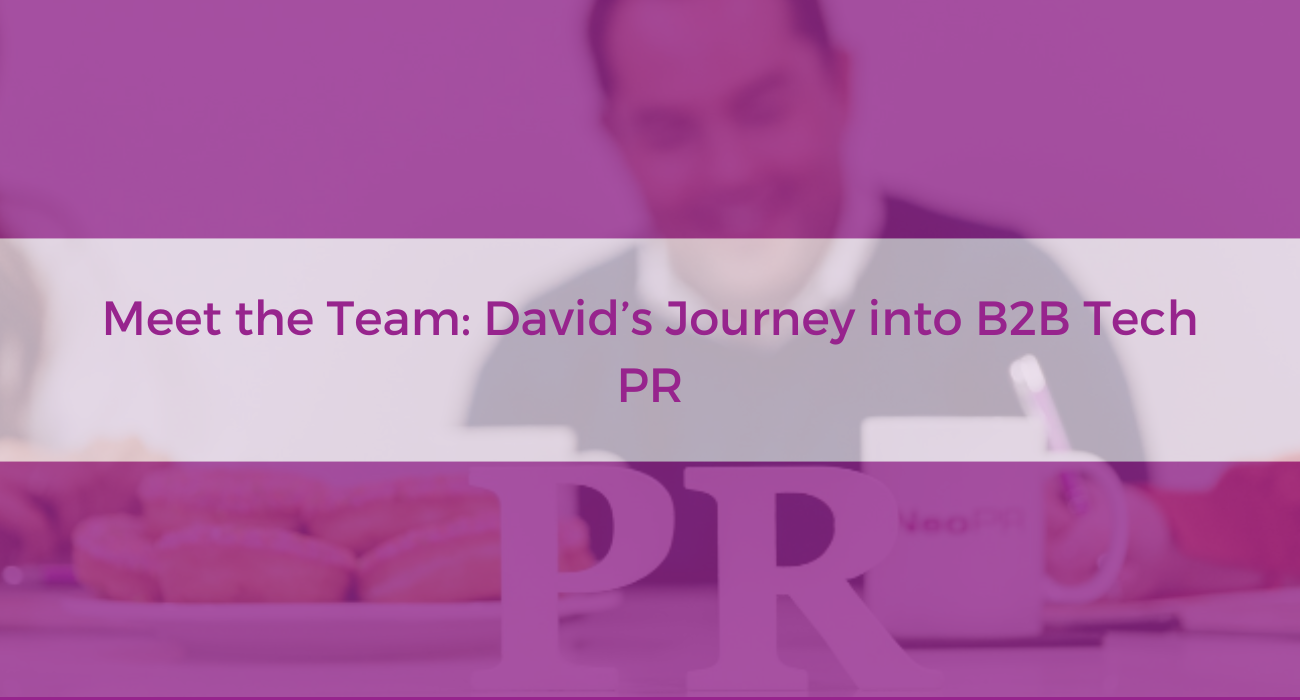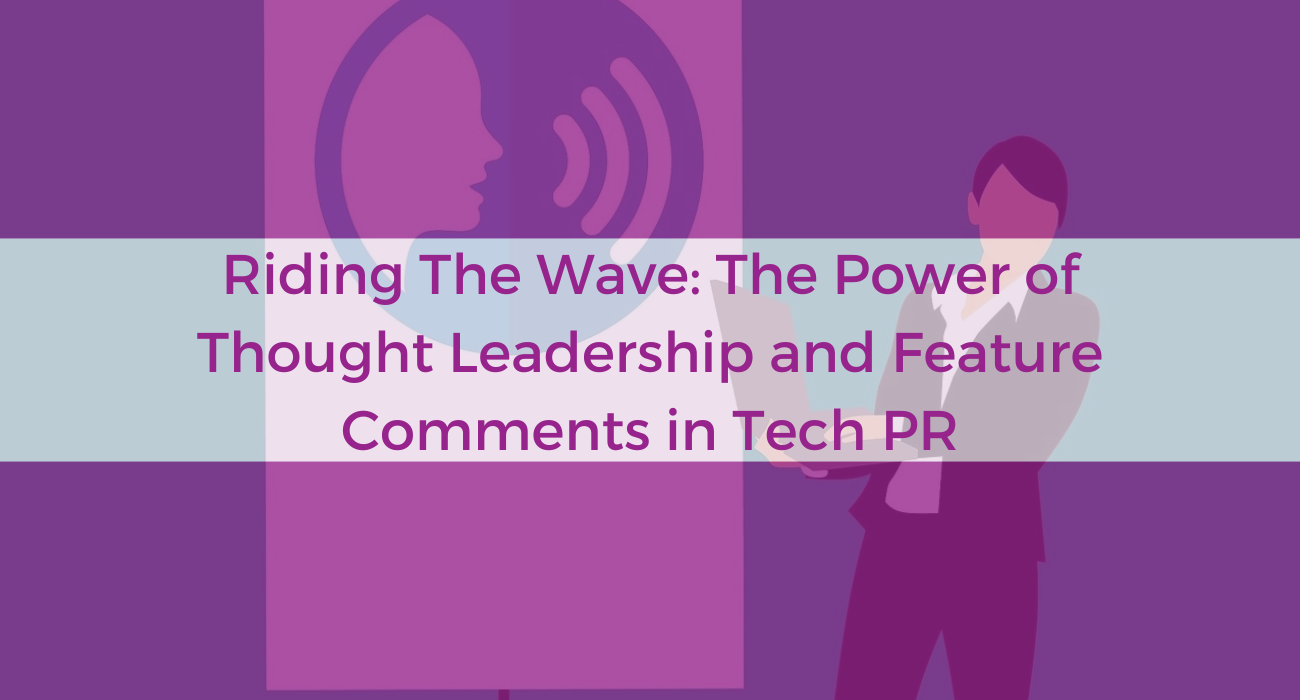
IoT Comes of Age
The Internet of Things (IoT) is not exactly new. I first came across the concept in 2015, and am confident that industry experts would have been discussing it long before then. As with other forms of technology, people were looking forward to IoT with excitement – considering the potential it offered organisations and consumers.
The History of IoT
Back then, there were already large quantities of devices connected to the internet (e.g. Apple Watch, fitness devices, business applications). Some sources said that there were between 10 and 20 billion devices connected to the internet. The industry analysts, Gartner and ABI Research, forecasted that there would be around 26 – 30 billion devices wirelessly connected to the internet by 2020 (some experts quoted 50 billion). So ultimately, a lot of opportunities – with McKinsey & Company forecasting that IoT applications would have an $11 trillion impact.
Despite the high volume of devices connected to the internet in 2015, the applications and concepts associated with IoT were not as commonplace as they are today. The market for IoT has grown. Even though organisations and people are generally more aware of IoT today, technologists, businesses, and consumers still need education about IoT’s capabilities.
Over time, we’ve also seen the conversation move on from explaining what IoT is, to how it is currently solving real-world problems with various enabling technologies. With that in mind, fast-forward to 2022, what do some recent statistics say about IoT today? Techjury recently published an article that shares a few thought-starters (below):
IoT Statistical Snapshot
- In 2022, Google Home will have the largest IoT devices market share, at 48% (Source: Futurum Research)
- The average number of connected devices per household in the US in 2020 was 10 (Source: Statista)
- By 2030, 125 billion IoT devices will be installed (Source: Martech Advisor)
- The IoT market value will be over $500 billion by 2021 – the system integrations category will account for 22% of this figure (Source: Statista)
- 35% of manufacturers utilise data from automation in manufacturing (Source: GlobeNewsWire)
- The use of low-power networking systems and satellites will grow by 20% in 2021 (Source: IoT World Today)
- By 2025, the IoT data volume will be 79.4 zettabytes (Source: Statista)
- The IoT management market is set to reach $16.86 billion by 2025 (Source: Grand View Research)
Satellite IoT
The last three statistics above are of interest to Neo PR for a campaign that we are executing for Astrocast, a leading global nanosatellite IoT network operator.
Recently, Astrocast launched a commercially available cost-effective, bidirectional satellite IoT (SatIoT) service. This service connects IoT devices globally when outside of cell-based terrestrial networks at a comparable cost. This kind of connectivity is important because the true potential of IoT has been constrained by the limits of fixed and wireless connectivity, with just 15% of the planet currently covered by affordable, accessible IoT connections.
Utilising its recently launched nanosatellite constellation in Low Earth Orbit, Astrocast provides organisations with affordable connectivity for all. It also supports applications in asset tracking, telemetry, and telematics; as it fosters innovation across sectors including maritime, environment & utilities, transport, freight & storage, mining, oil, and gas. Usually, IoT solutions implemented in many of these situations are deployed in remote locations – from mines to farmland. Astrocast’s solution minimises the need for human intervention and repair, wherever possible, safeguarding the business case.
Executing IoT PR campaigns
Neo PR is executing a brand awareness, thought leadership campaign for Astrocast, evangelising SatIoT to the market. So these statistics are important to us. To kick the campaign off, we supported Astrocast with its commercial launch, achieving coverage in the likes of Computer Weekly, IoTM2M Council, and Electronics Weekly.
Since then we placed articles about ‘IoT Coming of Age’ in IoT Now; and about IoT’s contribution towards combatting climate change in articles within IoT Insider and Spaceflight Magazine (print).
Most recently, though, we supported Astrocast as it communicated to the market about its acquisition of Hiber, to accelerate its OEM strategy – we jointly developed appropriate PR content and communicated this to the media, achieving around 40 pieces of coverage in a variety of publications including: IoT Insider, Capacity, ChannelPartnerInsight, IoTNow, and Electronics Weekly.
Based on the work we are doing with Astrocast, it appears that IoT has finally come of age after all these years. Astrocast, along with several of our other clients, is solving similar problems for organisations across the world. We’re proud of this campaign and the team’s achievements.
From Astrocast to ANT Telecom, Neo PR works with various IoT-focused clients to get them heard above the background noise, particularly in such an in-demand and changing industry. As PR experts in the enterprise technology and telecoms sectors, get in touch with the team at prworks@neopr.co.uk to discuss how Neo PR can enhance your brand.




